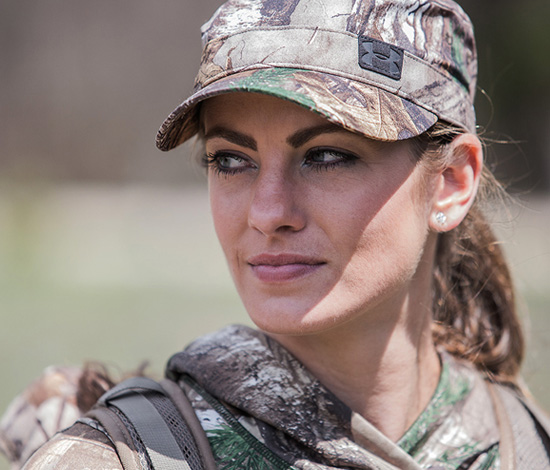Long-Range Shooting, Part II
Sitting at the shooting bench staring down range at my targets, thoughts like “That’s so far, how can I possibly hit that?” always seem to come to mind. Being new to the long range shooting world and surrounded by classmates and instructors observing my every move, I found myself overthinking and under confident.
If mean, if I can’t keep calm when people are watching, what I am I going to do when buck fever kicks in? Luckily for me, I was in the beautiful mountains of West Virginia so a sense of peace filled my veins. As I wrote last week, I was taking a long range shooting course taught by Phil Conklin. Phil is an accomplished instructor who had me hitting long range targets, calculating wind compensation and elevation changes in just a few hours. Most certainly a testament to his teaching ability all on its own.
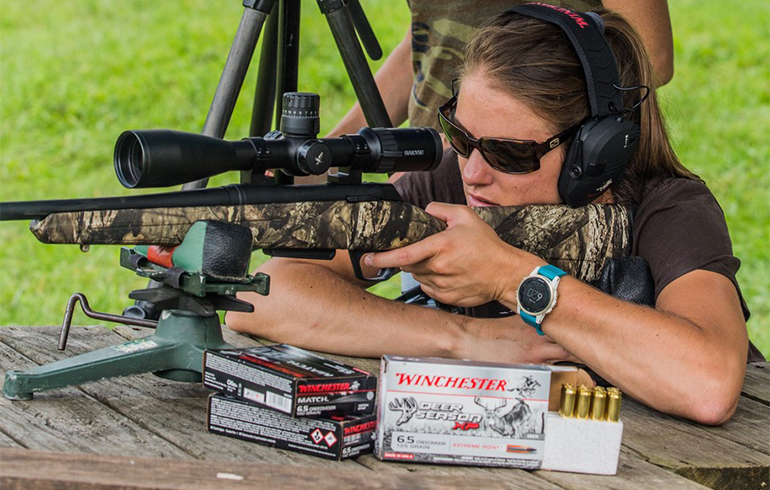
Last week I recounted my trip to West Virginia so this week I thought I’d take some time to share some of the basic tips and tricks that helped me to improve my long range accuracy. I am confident they will help you as well!
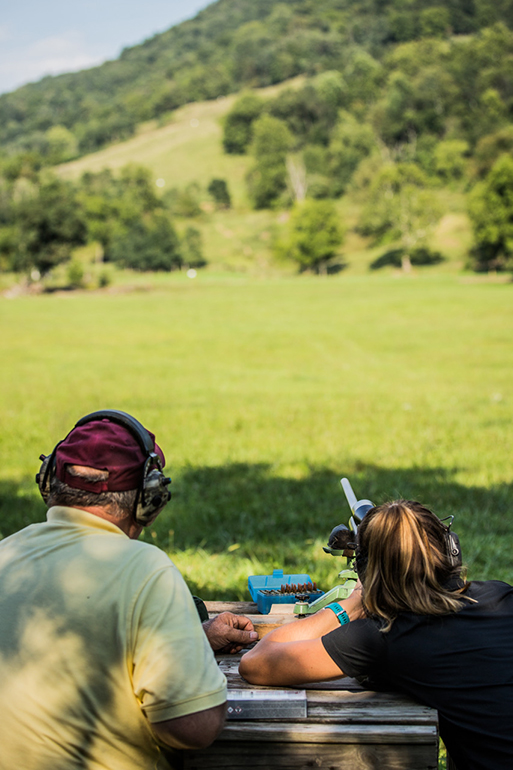
Get Back to the Basics
Keep it simple. I know I am often guilty of not doing this! Every year I decide I am going to try some new workout fad and clean up my diet for training season. Then, I overanalyze everything about both; ignoring the proven basics that have always worked for me in the past. I usually find myself back in the ice cream section of the grocery store.
The point is to simplify whenever you can and to always remember the basic fundamentals of whatever goal or activity you have in mind. It goes without saying that the same applies to shooting. If you shoot at 100 yards and hit the target once and then immediately move to the next target without reinforcing the basic techniques that got you there in the first place, then you will be shorting yourself every time.
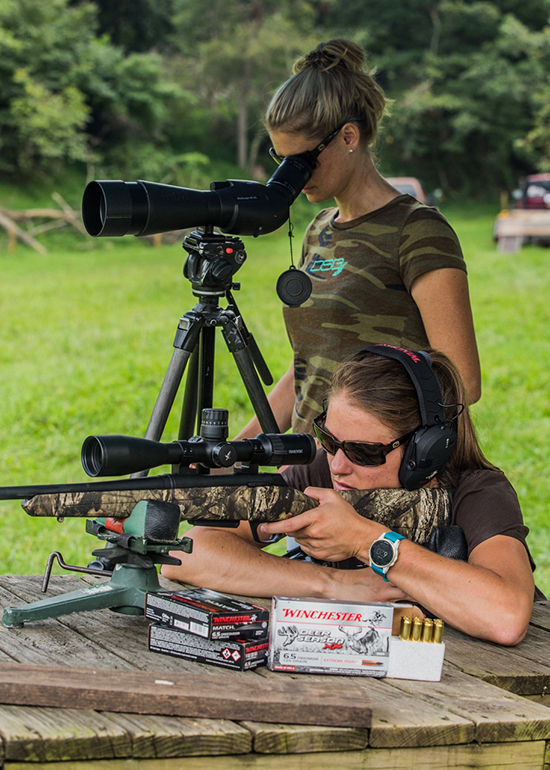
Instructor Phil stressed to us to mentally go over the basic fundamentals prior to every shot, until it becomes habitual. Some of these may seem obvious, but may often be overlooked if not gone over again and again. First and foremost, make sure to have a solid platform for long distance shooting. Shooting from a bench is a great way to build accuracy, consistency and elevate confidence before moving to other positions. While getting ready to fire a gun, focus on breathing, grip, trigger control, and follow through. Being able to consistently repeat each of these components will drastically improve accuracy.
Have the Proper Tools and Know How to Use Them
Imagine you have never baked a cake. I give you a full kitchen with all the necessary ingredients but no recipe, and told you to bake a cake. How well would you fare? Could be simple…but without any experience or the knowledge of how to use simple kitchen utensils or the amount of each ingredient to use, the cake would likely turn out terrible. The same is true when you go to use long range shooting gear. You can have everything you need to shoot a bullseye at 1,000 yards, but if you don’t know your equipment and how to use it to make you a better shoot, it is simply wasted money.
A good scope, rifle and quality ammunition are the obvious essential tools when shooting long range, but it’s important to know how and when to make adjustments based off of performance and current weather conditions. If the rifle doesn’t group well at 100 yards, then it sure as heck won’t be grouping well at 500 or 1,000 yards. So, some adjustments need to be made. This can be the result of several things including technique, how the scope is mounted, or the type of ammunition being used. It is important to make sure to find the best ammunition for the gun being used as not all rounds will shoot the same. Be sure to try out different ammunitions at various distances as they all may group great at 300 yards, but may vary in consistency at longer distances.
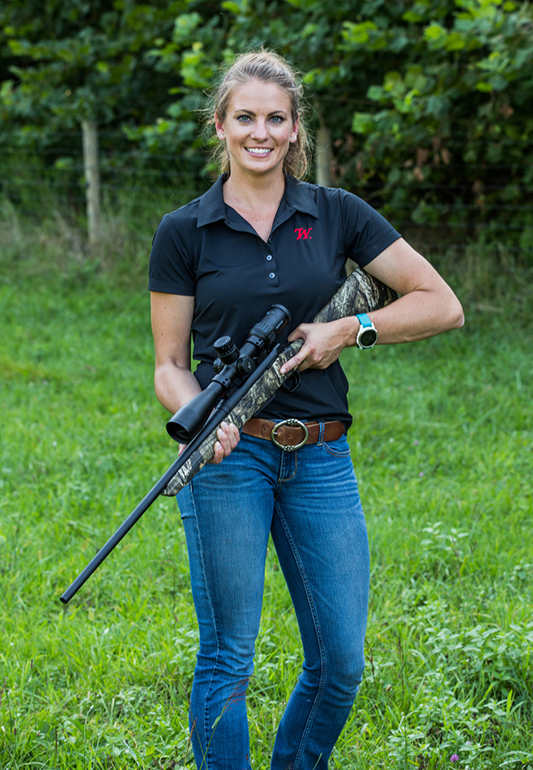
Be aware of current conditions (both weather and physical) and how they affect shots being taken. What if it is windy outside or you are shooting on a slope? Do you know how to account for these factors when preparing to take a shot? Knowing how to accurately calculate the adjustments to compensate for wind and slope could make the difference in hitting that buck of a lifetime, or eating tag soup for dinner.
The biggest and most obvious take away lesson from Phil was to practice, practice again, and then practice even more. The way to set up for a shot, adjust positions, make calculations etc., should be practiced so much that they become instinctual.
Learning the basics, understanding tools available and how to use them effectively will make you a confident and capable shooter.
